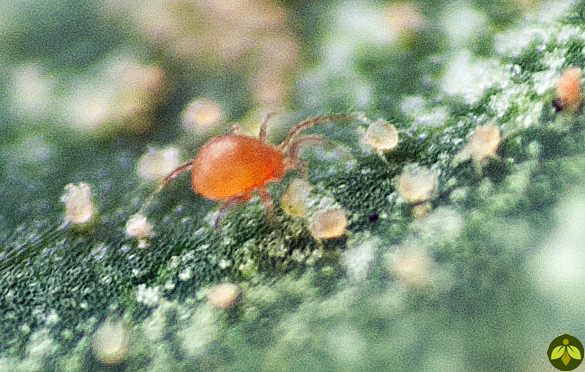Description

Phytoseiulus persimilis is used for spider mite control and management. These are true killers that can’t go long without food. They’re voracious predators of most of the spider mite pest Tetranychus spp. Some of the species they impact include: the two-spotted mite T. urticae, the carmine red mite T. cinnabarinus, and the Pacific mite T. pacificus.
Lifestyle
Benefits
Drawbacks
Scouting
Unless your scouting is really top-notch, you’ll probably miss most of the predators present on the leaves. However, if you see some orange, long-legged, agile-looking mites running quickly across the leaf’s undersurface, they are probably these predators.
Advisories
Usages
Release Rates for Phytoseiulus persimilis
| Classification | Release Information |
|---|---|
| Low | 0.5 per square feet. Regular releases are recommended as needed. |
| High | 2 per square feet |
| Alert: | Release rate suggestions on these pages are usually not sufficient for cannabis growers. For cannabis release rates check out our Cannabis page or contact us with questions. 1 (800) 477 3715. |
Purchase
-

PERSIMILISforce™ – spider mite predator (2,000/ 5,000/ 10,000/ 20,000/ 25,000)
$24.95 – $279.95 Select options This product has multiple variants. The options may be chosen on the product page -

Universal Release Boxes- Pack of 50
$28.95 Add to cart
